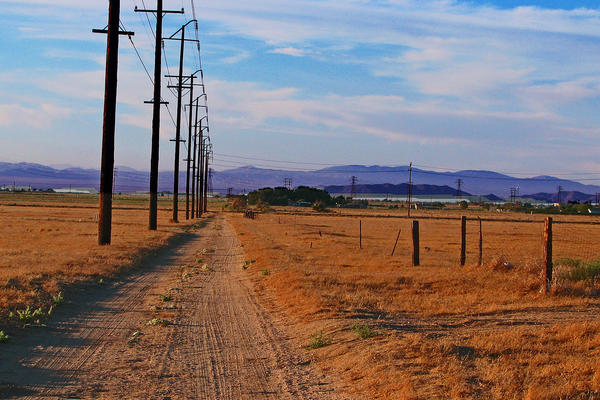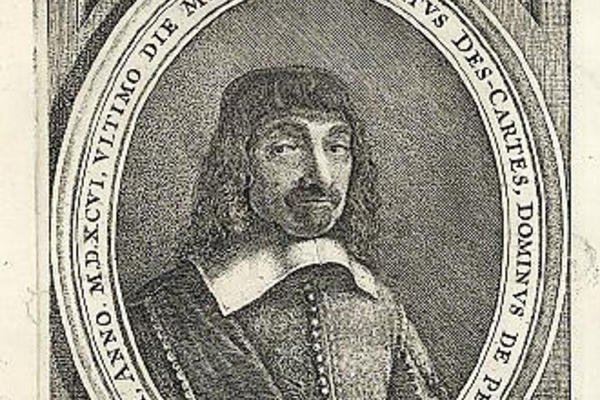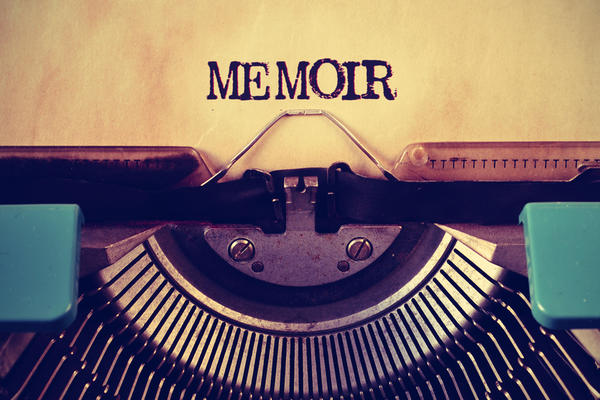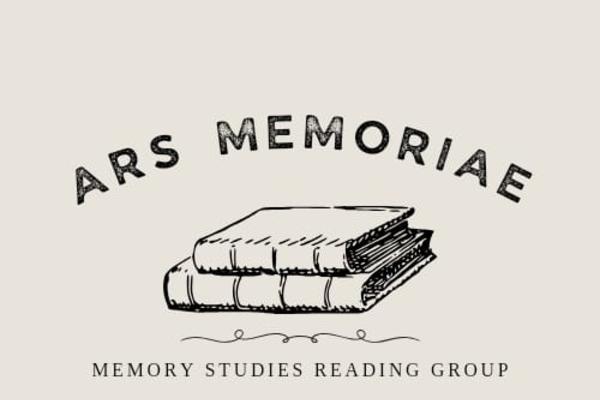History does not repeat itself, but it does rhyme
By Dr Victoria Phillips
“History does not repeat itself, but it does rhyme,” according to Mark Twain. While writing Martha Graham’s Cold War: The Dance of American Diplomacy, Graham’s performance for the United States State Department in Berlin at the opening of Congress Hall in 1957 led me to Eleanor Lansing Dulles. She was the hidden architect of the grand modernist building in which Graham performed. Known as “Eleanor’s Hat” in Berlin, Dulles called her creation, “A shining beacon of freedom,” with a curved white roof that threw off light aimed at the Kremlin. She masterminded the construction in the shape of her iconic pillbox hat as head of the “Berlin Desk,” a position she obtained months before her brother, John Foster, was appointed Secretary of State. Her other brother, Allen, was made director of the Central Intelligence Agency, also after her arrival in Berlin. Corralling a reputed billion dollars to finance food and refugee programs, educational facilities, and a state-of-the art hospital, she has no biography, unlike her notorious brothers who inspired dozens of books, even a podcast in the series “Behind the Bastards.”
I love a good paradox. “Behind the Bastards” claimed she was the one good sibling but declined to elaborate further. In the 1950s, Eleanor Dulles was called “invisible” and “unknown” in domestic US newspapers. Yet in West Berlin she was anointed “The Mother of Berlin” by the West Germans, and in communist East Germany, newspapers blamed her for the 1953 anti-Stalinist uprising and regularly published news blasts and cartoons that featured her as “Sister von Spymaster.” She had a Ph.D. from Harvard in economics and having grown up in a family of Presbyterian leaders, she had married David Blondheim, a divorced Orthodox Jewish man. Before his tragic death, she received memos and communiques, even from her brothers, as “Miss Dulles” or “Mrs. Dulles.” She was neither. Only Joseph Schumpeter would get it right in a letter to her in which he praised her economic ideas, addressing her as Dr. Mrs. Eleanor Lansing Dulles Blondheim. The riddles abound: well-connected and independent actor; invisible and legendary; inaccurately titled by almost all.
I began to suspect that there was one reason that no one had tackled a biography, beyond the fact that she was a woman: she has no central archive. Her papers are scattered throughout the United States, from the Eisenhower Library in Kansas, the National Archives and the George Washington University Archives in Washington, some collections can be found at Princeton University in New Jersey, Harvard University in Boston, Bryn Mawr in Pennsylvania, and in Watertown, New York, and Evansville, Indiana historical societies. And this is just the domestic story. In Europe, Berlin holds her correspondence and records at the Free University archives, Landesarchiv, Bundesarchiv, and of course there are Stasi (secret police) reports; the Austrian government archives also hold her signature and initials. She travelled globally to Africa, Latin America, and the Middle East for the State Department after 1959. And then there are her relatives: Secretaries of State on one side; theologians and missionaries on the other. Never mind the men, who are easily found, her great grandmother founded a school with archives in Sri Lanka, in one example. Although in an attempt to contain the archival hunt I thought I could let that go, I then discovered that the school’s founding motto, “The Truth Shall Set You Free,” was the same motto that Eleanor placed on her desk in Washington and Berlin for all to see as they entered her offices.
And those are just the archives for Eleanor and her elders, much less those she knew in work and play. In addition to Schumpeter, she conversed with economists including John Maynard Keynes who called her dissertation-to-book publication, “The best history of monetary inflation I know.” They met again when she served as the Bretton Woods US financial attaché to Austria as economists reconfigured the postwar economic system. In one archive, on her report for the conference that would change the financial world, she wrote a note in pencil for scholars to find: “I thought of this before Keynes.” And this is just the professional low-lying fruit. In her personal realm, as the granddaughter of one Secretary of State, niece of another, and sister to yet another, professional communications were augmented by personal encounters globally from childhood through her death at 101 years of age. Female and male friendships were solidified at college, during WWI relief work in France with the monied female American elite, in church and club memberships, graduate school and international travel.
In addition to thick shoe leather, her biographer needs a reading knowledge of English, French and German, and a fluency in economic theory as well as cultural diplomacy. Eleanor is not for the faint of heart: you find her comments on student papers, which she finds publishable, with the mark of B- and littered with the word “Wrong,” capitalized, underlined, and large in the margins. One cannot help thinking, “What would she think of me?”
Given Eleanor, I took a new approach to archival boxes. In each of her collections, I started at box one, folder one, opening them one by one, seeing what I might see, letting Eleanor take me through them. And after years, she has begun to rhyme in me. It started with boxes 1-5 at George Washington University, family pictures from the 1880s onwards. Most pictures of Eleanor in the public sphere feature her working in her mid-fifties. These family photos were my first key inside.
At their summer compound circa 1908, Eleanor was photographed as an early teen, which is when I first felt the rhyme. Amidst the background of dapper men in full summer suits, hair slicked back and sharply parted at the side, immaculately dressed women with puffed halos of blonde or brown hair, Eleanor sits on the ground, the only person with her head tilted off center. Her dress is mussed, unfitted, and her hair looks like a man’s, slicked against her head and sharply parted down the center. When I see her, I remember how I, too, did not fit. I recall a photo of myself in a family montage with my proper Southern grandmother and slim mod mother, both looking iconic for the times they represented, the postwar New Look next to the chic-designer 1960s. I sit in the center, red hair parted straight down the middle and cut off, a short square bob like a boy. Wearing a misfitting striped polyester dress, I’m slumped and squeeze my over-plump body into my grandmother’s side to hide. We were the misfits in the family photos. Yet like Eleanor, I stare into the camera, defiant in my oddity as a mis-dressed female child with odd hair.
As I go through the boxes, I find more. As children we both went to the Aloha camp for girls in the Northeast, and we loved to swim in the cold lake. Some biographers walk the trails of those who they study; I had already swum and won awards in the roped off lake where she had done her laps. When I read her letter home, I recalled my pre-bugle mornings when I woke up before any of the other girls to plunge into the breath-taking cold water. At Eleanor’s 90th birthday party in Watertown’s Henderson Harbor, she stripped down naked, jumped in the lake, swam laps, and got back out to get dressed. If I live another twenty-eight years, I hope I remember to celebrate like Eleanor.
We both wrote poetry that was not very good, but that was encouraged by schoolteachers. Our short lines about love and other teen things sit in folders alongside rejection slips from magazines and book publishers. Our unpublished novels and short stories, also have corresponding rejection slips. She wrote science fiction whereas I wrote thinly veiled memoir. We both used typewriters because the computer had not yet been invented for personal use.
Our desire to write was paralleled by a weird facility with numbers, statistics, and economics, and we both love spreadsheets. After trying to write for a living, I worked on Wall Street. In her archives, after the folders with the poetry, I found her hand-pencilled reams of green and brown grid paper with figures upon figures as she worked for the Roosevelt administration and pondered social security, unemployment, and let the numbers tell her a story about what happens when people are hungry and desperate. She predicted revolution for Roosevelt if something was not done. Like Eleanor, I see stories in numbers. I get lost in her charts and spreadsheets, looking for the story she told. I hear her words playing off the numbers, echoes and conversations about lives. We were women who fought in a man’s world in finance in an oddly coercive way, using, almost abusing femininity to get the job done. Invisible, yet always right there.
We both became professors as adjuncts at a wide smattering of institutions, and never received tenure as “older,” perhaps “odder” women. As her boss in DC, President Eisenhower said, “You ask professors to study things, but you never put them in charge of anything.” For Ike, Eleanor was not a regular professor. She got things done in Berlin. The academy’s semi-disdain for working adjuncts remains today, demonstrated by the parallels in our wages. After receiving her Ph.D., she was offered a position for $4,500, nearly the same salary I was offered ten years after my own graduation, 100 years later.
As Protestant women who questioned the Virgin birth and the reality of other biblical tales, we both married brilliant Jewish men who had difficult personalities but were leaders in their fields. Both had been divorced and had a son with whom they did not communicate. Yet in 1932, her husband encouraged her to work and mine insisted that I quit my job and tend to the children. As mothers we both struggled, I believe but had love that knew no bounds. I raised my children in the Jewish faith, but she did not, as far as I can tell. I have found one letter about her Shabbat dinner, whereas I lit the candles every Friday night. Her husband committed suicide; my marriage ended in divorce. We both emerged from our marriages with PhDs, a published dissertation, and found Mrs. of no use. We share associations that have been equated with class in the US: she was a member of the Cosmopolitan Club in New York, as am I.
We share a passion for the core values of the United States, and thus we both have been easily angered when politics go awry. Eleanor had little sympathy for half measures in Berlin, Cuba, and Vietnam. She believed the dismantling of basic social safety nets for the elderly, impoverished, children, and those less able would lead to a nation in ruins. She believed in education for the population. She believed in the positive power of immigrants and that a nation that could not rely on its leaders for the truth was a nation doomed. As Trump blathered on, I knew what she would think because I felt her outrage inside my own.
As I travel place to place across lakes, flat land, oceans, Eleanor is ricocheting inside me. I have come to cherish her handwriting, large and bolder in old age as her eyes began to fail, always distinct in blue pen, or pencil in hard strokes. Turning each page will sometimes offer me a note, an aside, something to hear, even a whiff of her perfume in the diaries that have not been opened since the 1930s. I find myself with tears sometimes, wiping them away quickly so they do not drop on her page. With Eleanor, I begin to hear the story as I write out our rhyme.










